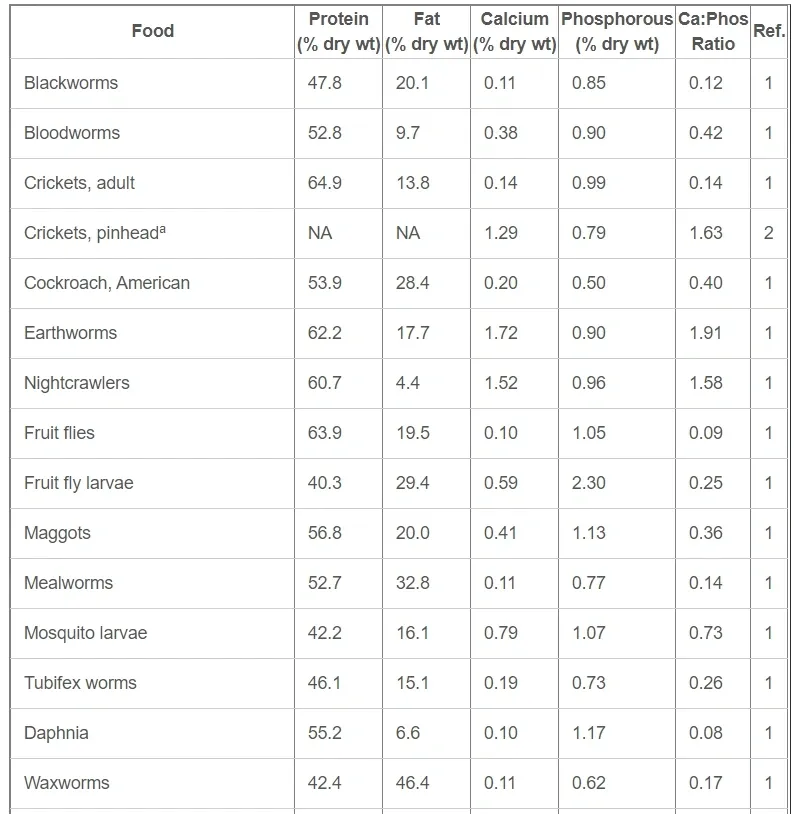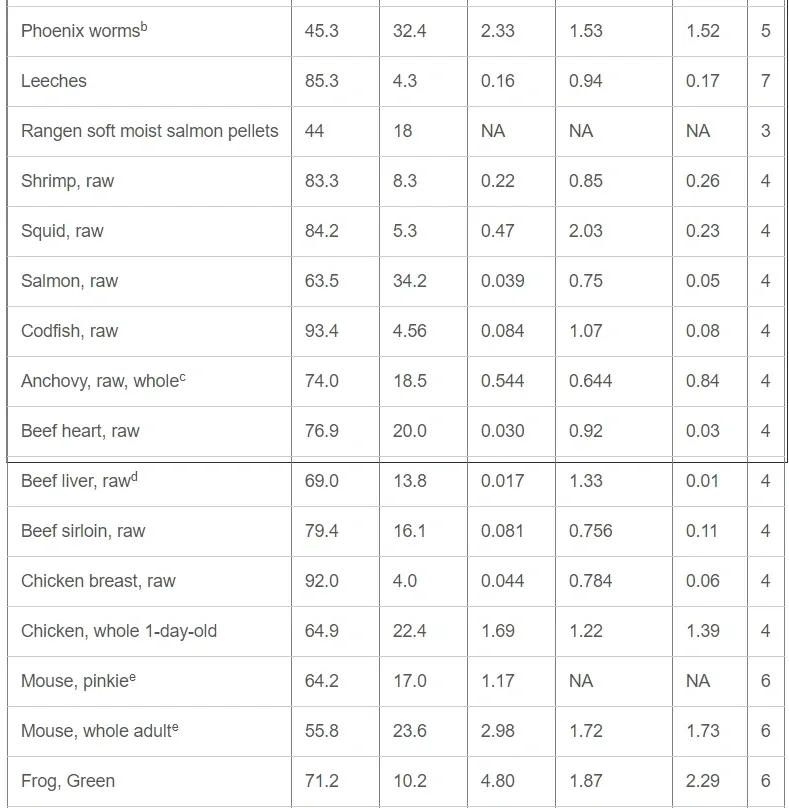Nourishing Diversity: Exploring Different Types of Food for Axolotls
Feeding Your Axolotl: A Guide to a Varied and Nutritious Diet
Axolotls, with their perpetual smile and fascinating feeding behavior, are not just captivating pets but also creatures with specific dietary needs. Providing a varied and nutritious diet is crucial for their health, growth, and longevity. This blog post explores the different types of food that can be included in an axolotl’s diet, offering tips to ensure they receive all the necessary nutrients.
Live Prey
- Earthworms: A favorite among axolotls, earthworms are packed with protein and essential nutrients. Ensure they are sourced from a safe, pesticide-free environment.
- Bloodworms: These are great as treats or part of a varied diet. While nutritious, they should not be the sole food source due to their lower fat content.
- Brine Shrimp: Ideal for younger or smaller axolotls, brine shrimp provide essential fatty acids.
Frozen Foods
- Frozen Bloodworms and Brine Shrimp: Offer a convenient alternative to live food, retaining most of the nutritional value. Thaw before feeding.
- Frozen Daphnia: Excellent for digestive health, these can be used as part of a varied diet, especially useful for juveniles.
Pellets
- Specially Formulated Axolotl Pellets: High-quality pellets designed for axolotls or carnivorous fish can be a convenient and balanced food source. Can be purchased on our website HERE
Occasional Treats
- Lean Pieces of Meat: Small, unseasoned pieces of chicken or beef heart can be offered occasionally. Avoid fatty meats.
- Feeder Fish: While some owners offer feeder fish, it’s essential to do so sparingly and source from reliable, disease-free stocks to prevent health issues.
Dietary Considerations and Tips
- Age and Size Matters: Younger axolotls have higher metabolic rates and require daily feeding, while adults can be fed 2-3 times a week.
- Observe Your Axolotl: Pay attention to their appetite and adjust portions accordingly to prevent overfeeding and obesity.
- Variety is Key: A diverse diet ensures a range of nutrients, promoting a healthy immune system and preventing dietary boredom.


Conclusion: Cultivating a Healthy Axolotl Through Diet
The foundation of a healthy axolotl lies in its diet. By incorporating a mix of live prey, frozen foods, and high-quality pellets, you provide your axolotl with the essential nutrients it needs to thrive. Remember, the key to a balanced diet is variety, moderation, and observation, ensuring your aquatic friend enjoys a long, happy life.
Feeding axolotls can be an enjoyable aspect of their care, offering a window into their intriguing underwater world. Sharing insights and experiences about axolotl diets helps foster a community of informed and dedicated pet owners, ensuring the well-being of these remarkable creatures.


